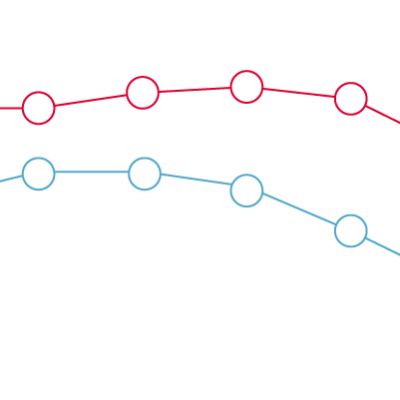Unemployment rates for disabled and non-disabled people
5 October 2022

Key points
-
Disabled people are nearly twice as likely to be unemployed as non-disabled people. This ratio is nearly the same as it was in 2014.
-
Unemployment rates are lower than in 2014. In 2021 the unemployment rate for disabled people was 8.1% compared to 4.2% for non-disabled people.
Unemployment rates fell for both disabled and non-disabled people between 2014 and 2019, with minor increases seen in the most recent two years.
The unemployment rate for disabled people (8.1%) is almost double the unemployment rate for non-disabled people (4.2%). There was little change in this ratio between 2014 and 2021.
Unemployment can affect people’s health in several ways: it can act as a source of stress, and deprive people of income and social networks. Because of this, it is important that disabled people have opportunities for high quality work and inclusion in the workplace. The data suggests that being disabled can affect employment outcomes, depending on the nature of the impairment and the extent to which employers make adaptations.
Although closing the gap between the unemployment rates for disabled and non-disabled people has been government policy since 2015, very little progress has been made. The ratio between the two rates has stayed similar since 2014. Current policy approaches have not been enough to close this gap.
Unemployment is defined as people actively seeking and being available for work, as defined by the International Labour Organisation (ILO).
Source: Annual Population Survey via NOMIS, ONS; Office for National Statistics.







